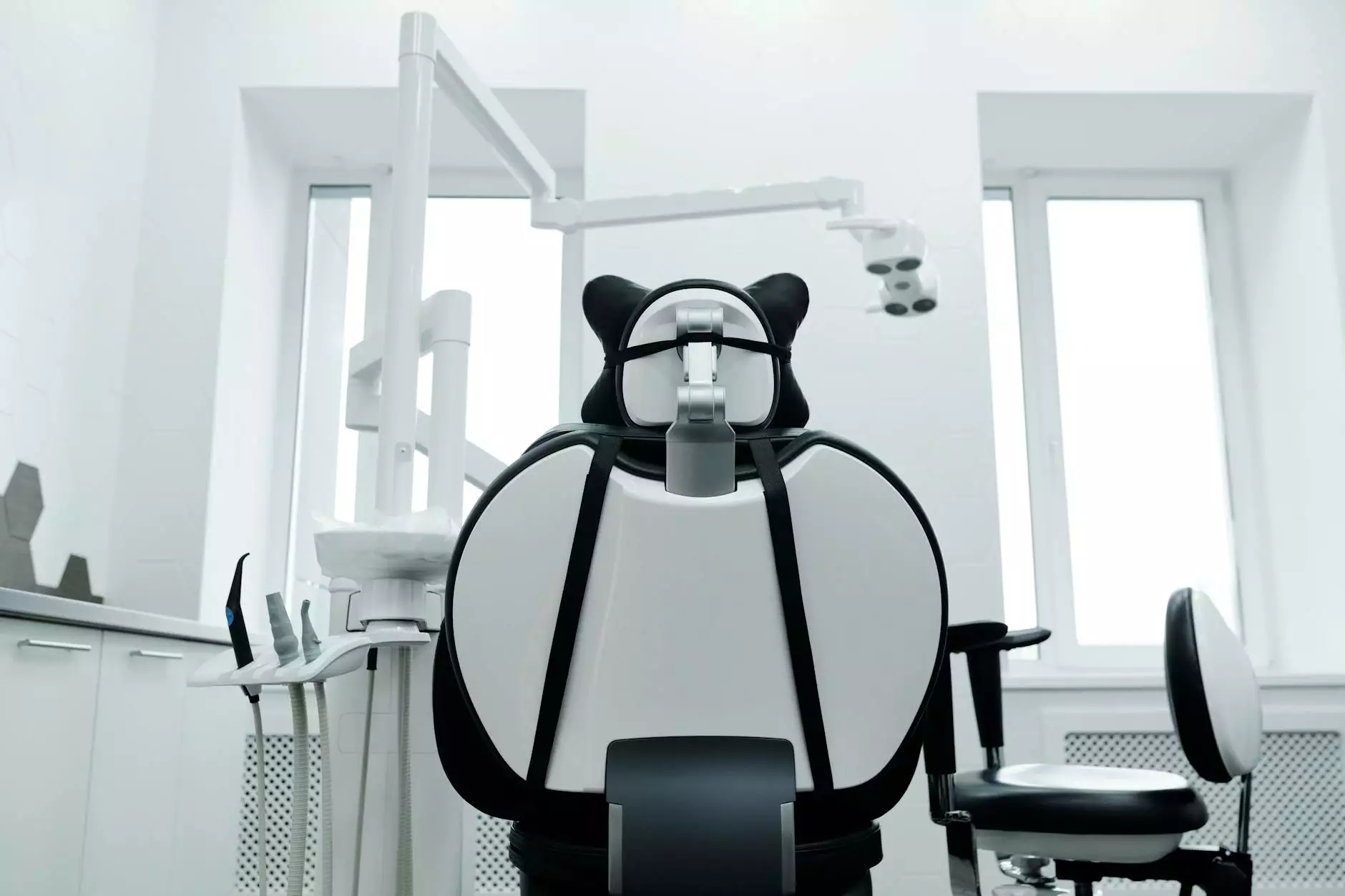Understanding Dark Spots on Calves: Causes, Treatment, and Prevention

Dark spots on calves can be a concerning issue for many individuals, often causing discomfort, aesthetic concerns, and questions about overall health. These spots can appear for various reasons, and understanding these factors is essential for effective treatment and prevention. In this comprehensive guide, we will explore the underlying causes, potential treatment options, and preventive measures for dark spots on calves.
What Are Dark Spots on Calves?
Dark spots on calves, also known as hyperpigmentation, are areas of increased pigmentation that can range in color from light brown to dark black. They often form due to an overproduction of melanin, the pigment that gives skin its color. These spots can affect people of all skin types, but certain factors may make some individuals more susceptible than others.
Common Causes of Dark Spots on Calves
Several factors can lead to the development of dark spots on calves. Understanding these causes can help in diagnosing the issue and seeking appropriate treatment. Here are some of the most common reasons:
- Sun Exposure: Prolonged exposure to sunlight can lead to solar lentigines, commonly known as age spots or sunspots. These dark areas result from UV radiation stimulating melanin production.
- Hormonal Changes: Conditions such as pregnancy or hormonal imbalances can lead to a condition known as melasma, characterized by dark patches on the skin.
- Post-Inflammatory Hyperpigmentation (PIH): After an injury, rash, or acne, the skin may develop dark spots as it heals.
- Genetic Factors: Some individuals may have a genetic predisposition to develop dark spots due to their family history.
- Medications: Certain medications, especially those that increase photosensitivity, can cause pigmentation changes when exposed to sunlight.
- Skin Conditions: Various skin disorders, including eczema and psoriasis, can lead to dark spots during flare-ups.
Identifying the Type of Dark Spots on Calves
It's important to identify the type of dark spots to choose the right treatment and care. Here are some distinct types:
- Age Spots: Flat, tan, brown, or black spots that appear typically on sun-exposed skin.
- Freckles: Small, brown spots on the skin, often genetic and heightened by sun exposure.
- Melasma: Larger, brown or gray-brown patches usually occurring on the face but can affect other body parts.
- Benign Moles: Usually raised, these are harmless but should be monitored for changes.
- Skin Cancer: While rare, some dark spots can be malignant. It is essential to consult a specialist for any sudden changes.
Treatment Options for Dark Spots on Calves
Once the cause of the dark spots is identified, various treatment options are available to reduce their appearance:
Topical Treatments
Many effective topical treatments can help lighten dark spots on calves:
- Hydroquinone: A commonly used skin-lightening agent that reduces melanin production.
- Retinoids: These vitamin A derivatives promote cell turnover and can help fade dark spots.
- Vitamin C: An antioxidant that not only brightens the skin but also protects against further sun damage.
- Alpha Hydroxy Acids (AHAs): These exfoliants help to remove dead skin cells and improve skin texture.
- Azelaic Acid: A gentle option for treating pigmentation and also effective against acne.
In-Office Treatments
For faster results, consider consulting a specialist for in-office procedures:
- Laser Therapy: Laser treatments can target specific pigments in the skin, effectively reducing the appearance of dark spots.
- Chemical Peels: These treatments remove the outer layer of skin, promoting new skin growth and diminishing pigmentation.
- Microdermabrasion: A technique that exfoliates the skin to remove the outermost layer and reveal brighter skin beneath.
- Intense Pulsed Light (IPL): A non-invasive treatment that uses light to treat pigmentation and improve skin tone.
Preventive Measures for Dark Spots on Calves
Prevention is always better than cure, especially when it comes to skin health. Here are some effective ways to minimize the risk of developing dark spots on calves:
- Use Sunscreen: Apply a broad-spectrum sunscreen with at least SPF 30 every day, even on cloudy days.
- Wear Protective Clothing: When outdoors, consider wearing long sleeves or pants, especially during peak sunlight hours.
- Avoid Tanning Beds: UV exposure from tanning beds can significantly increase the risk of dark spots.
- Maintain Skin Care Routine: Regularly cleanse and moisturize your skin to keep it healthy and resilient.
- Consult a Dermatologist: Regular check-ups can help monitor any skin changes and address potential issues early.
When to See a Specialist
If dark spots on calves change in size, shape, or color, or if new spots appear suddenly, it’s crucial to consult a vascular specialist or dermatologist. Early diagnosis and intervention are key to effectively managing skin health.
Conclusion
Dark spots on calves can be an aesthetic concern but understanding their causes, treatment options, and preventive measures can empower individuals to take charge of their skin health. Whether you have experienced these spots due to sun exposure, hormonal changes, or other factors, a proactive approach is essential.
For any questions or for personalized advice, contact the experts at Truffles Vein Specialists. They provide comprehensive care in Doctors, Health & Medical, and Vascular Medicine to help you achieve clear, healthy skin.









